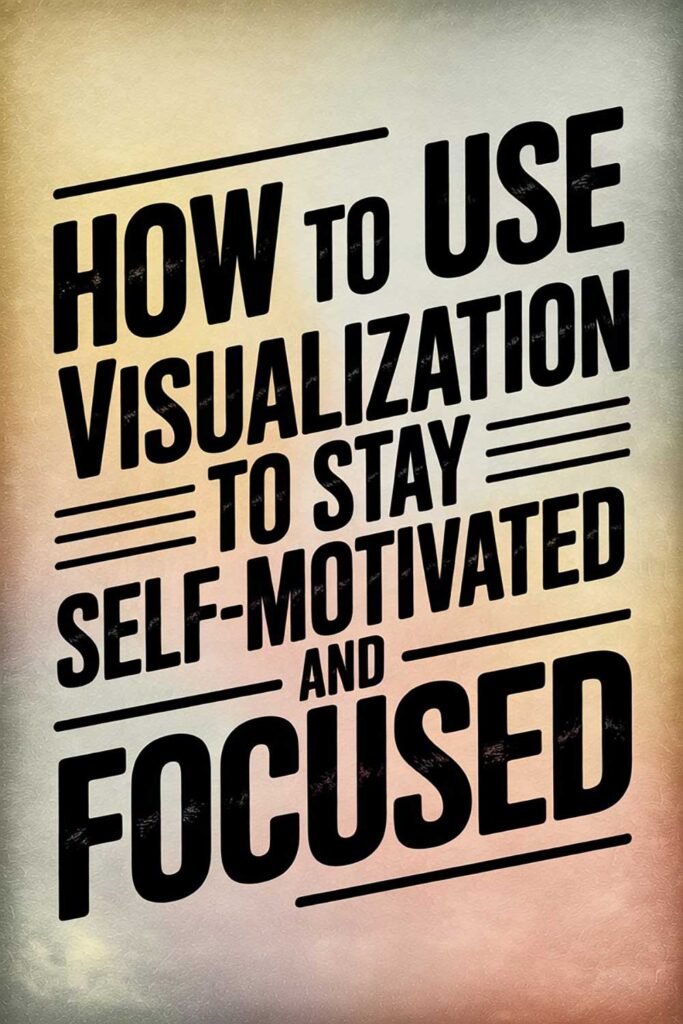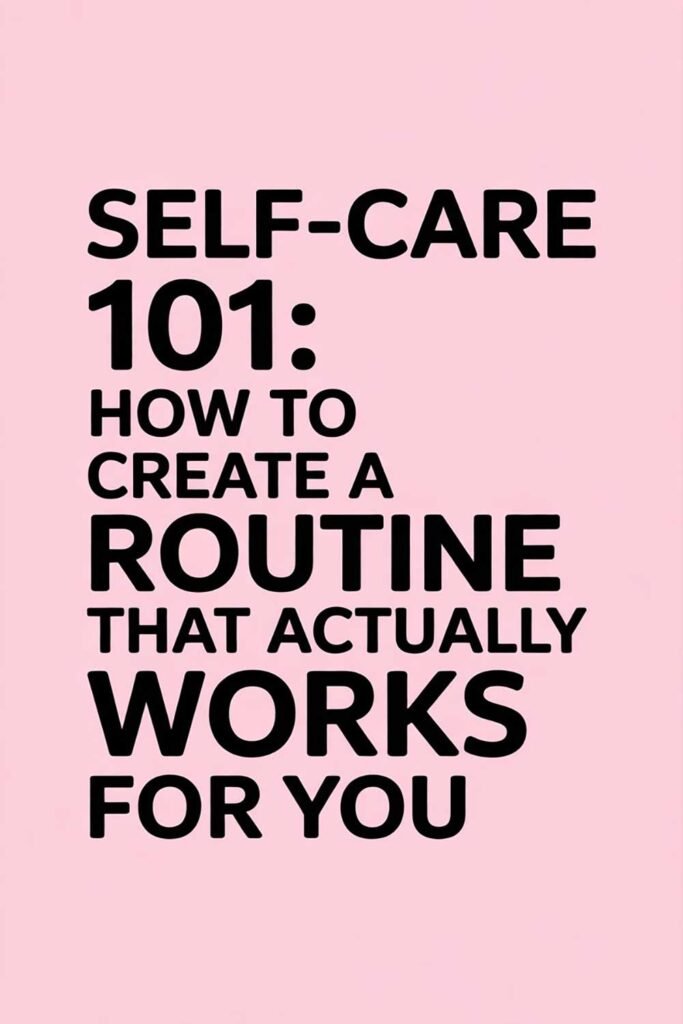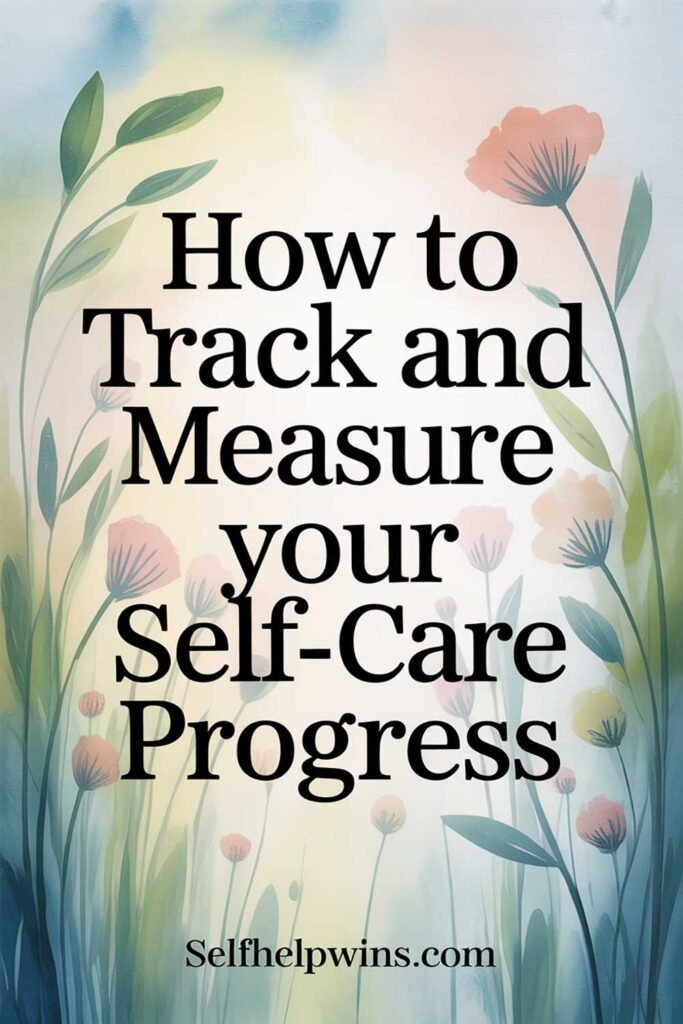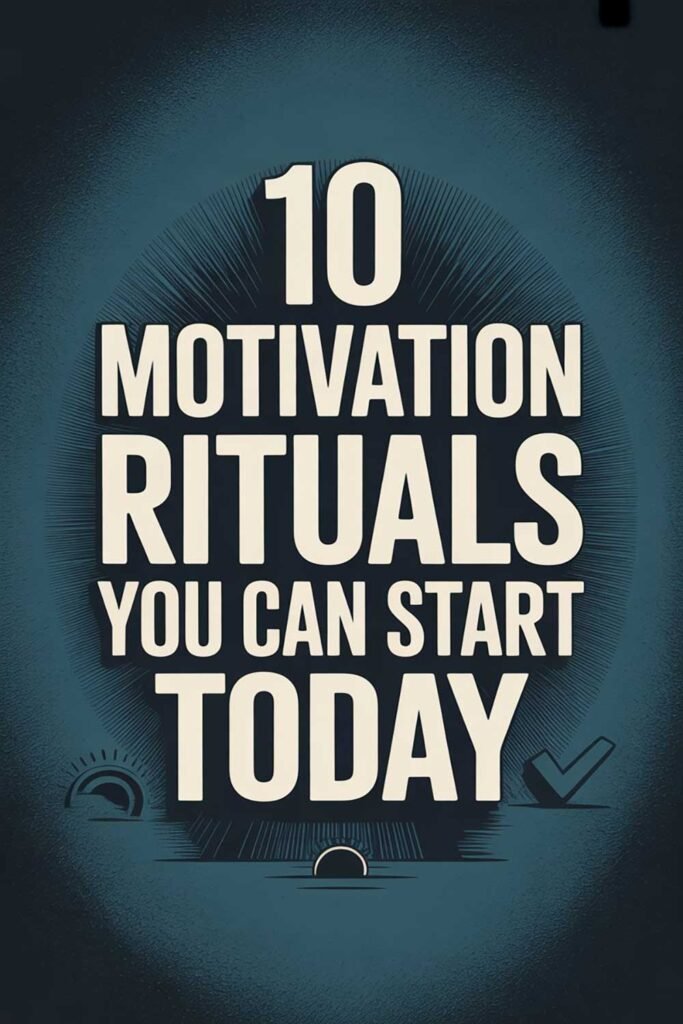
If you know someone who could benefit from this article, please share it with them. Cognitive Behavioral Techniques can empower individuals to manage anxiety and regain control of their thoughts and emotions.
Cognitive Behavioral Techniques to Manage Anxiety
Understanding Cognitive Behavioral Therapy (CBT)
Cognitive Behavioral Therapy (CBT) is a widely used and evidence-based approach to managing anxiety. It focuses on identifying and changing negative thought patterns and behaviors that contribute to anxiety. By practicing CBT techniques, you can develop healthier coping mechanisms and gain greater emotional control.
How CBT Helps Manage Anxiety
- Identifies Triggers: Helps pinpoint the situations or thoughts causing anxiety.
- Challenges Negative Thinking: Encourages replacing distorted thoughts with balanced ones.
- Develops Coping Strategies: Teaches practical skills to handle anxiety-provoking situations.
- Promotes Emotional Regulation: Enhances the ability to manage intense feelings.
Key Cognitive Behavioral Techniques for Managing Anxiety
1. Cognitive Restructuring
This technique involves identifying and challenging negative thought patterns that fuel anxiety.
- How to Practice:
- Write down your anxious thoughts.
- Evaluate the evidence supporting or refuting these thoughts.
- Replace distorted thoughts with rational, balanced alternatives.
- Example: Replace “I’ll fail this presentation” with “I’ve prepared thoroughly and can handle challenges that arise.”
2. Exposure Therapy
Gradual exposure to anxiety-provoking situations helps reduce fear over time.
- How to Practice:
- Create a list of situations that trigger anxiety, ranking them from least to most stressful.
- Start with the least stressful situation and gradually work your way up.
- Stay in each situation until the anxiety diminishes.
- Example: If social anxiety is a challenge, start by saying hello to a stranger and progress to engaging in longer conversations.
3. Behavioral Activation
Engaging in positive activities can help disrupt the cycle of avoidance and inactivity that often accompanies anxiety.
- How to Practice:
- Identify activities you enjoy or find meaningful.
- Schedule these activities into your day, even if you feel anxious or unmotivated.
- Examples: Going for a walk, cooking a favorite meal, or spending time with friends.
4. Mindfulness-Based Techniques
Mindfulness involves focusing on the present moment without judgment, helping reduce anxiety about future uncertainties.
- How to Practice:
- Spend a few minutes each day practicing mindful breathing or meditation.
- Observe your thoughts and feelings without trying to change them.
- Example Exercise: Use the “5-4-3-2-1” grounding technique by identifying five things you see, four things you feel, three things you hear, two things you smell, and one thing you taste.
5. Relaxation Techniques
Relaxation exercises reduce physical symptoms of anxiety, such as muscle tension and rapid heartbeat.
- How to Practice:
- Practice deep breathing, focusing on slow, steady inhales and exhales.
- Try progressive muscle relaxation, tensing and relaxing each muscle group.
- Example Exercise: Spend 10 minutes practicing deep belly breathing while listening to calming music.
6. Problem-Solving Skills
Learning to address problems systematically can reduce the overwhelm that contributes to anxiety.
- Steps:
- Define the problem clearly.
- Brainstorm possible solutions.
- Evaluate the pros and cons of each solution.
- Choose and implement the best option.
- Example: If work deadlines are causing anxiety, create a prioritized to-do list and break tasks into smaller steps.
7. Journaling
Writing about your thoughts and feelings provides clarity and helps identify patterns contributing to anxiety.
- How to Practice:
- Spend 5-10 minutes daily writing about your worries and how you handled them.
- Reflect on triggers, emotions, and progress.
- Example: Keep a gratitude journal to shift focus toward positive aspects of your day.
Practical Tips for Success
- Start Small: Incorporate one or two techniques into your routine before adding more.
- Be Patient: Change takes time; practice consistently to see results.
- Seek Support: Consider working with a therapist to guide your CBT practice.
- Celebrate Progress: Acknowledge small wins and improvements.
Picture This
Imagine facing your fears with confidence and managing anxiety effectively. By practicing CBT techniques, you develop a sense of control over your thoughts and emotions, allowing you to live with greater calm and clarity. Which CBT technique will you try today to take the first step toward managing your anxiety?






